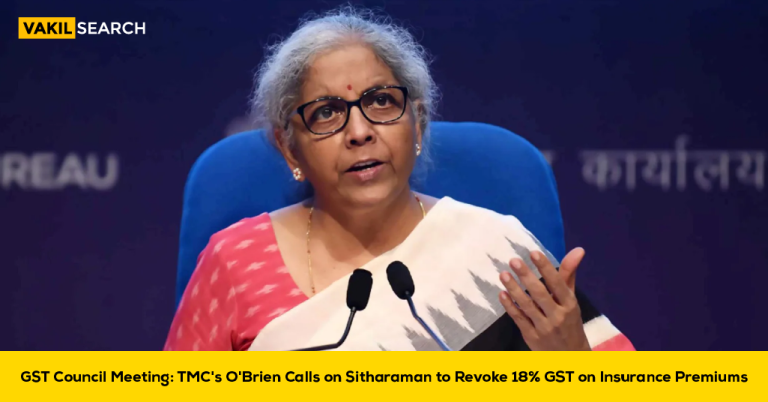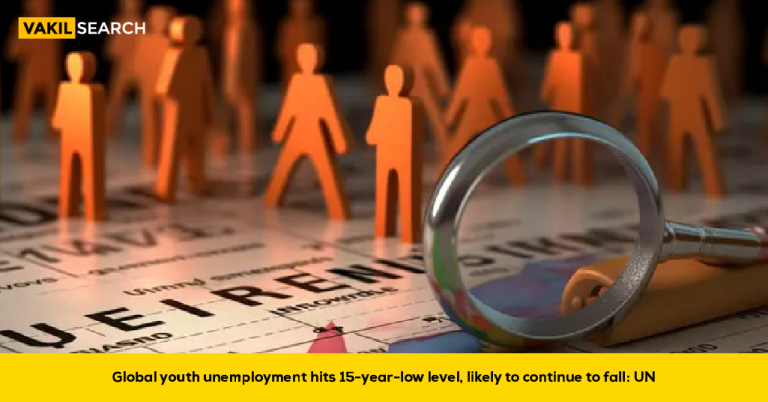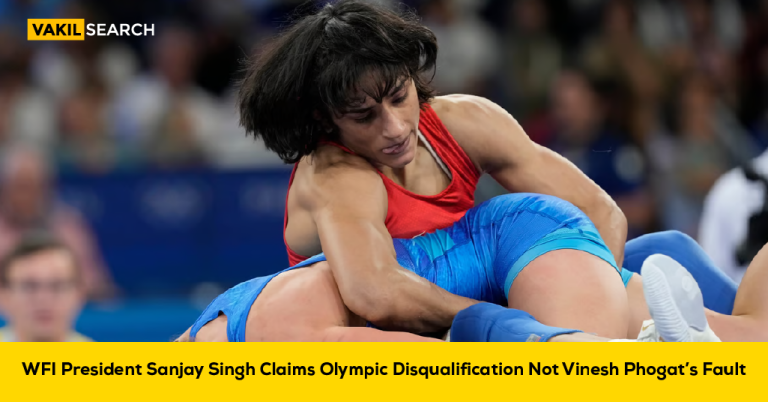The Food Safety and Standards Authority of India (FSSAI) has directed companies to cease using labels such as A1 and A2 on dairy products like milk, ghee, butter, and curd, prompting small and emerging food businesses, as well as GCMMF, to alter their milk portfolios.
As several companies, including privately owned dairy farms, have increasingly marketed milk and its products as A2, claiming it to be a healthier option and charging a premium, the FSSAI, under the Union Ministry of Health and Family Welfare, has ordered all food businesses to remove such claims from their products.
The directive, issued on August 21, notes that some businesses are selling and marketing dairy products under the A1 and A2 labels with an FSSAI license number. ‘The distinction between A1 and A2 milk is based solely on the structure of a protein called beta-casein, which can confuse consumers,’ the advisory explains.
FSSAI has provided companies with a six-month grace period to deplete their current stock with A1 and A2 labels. After this period, these claims must be removed.
Amul, which has traditionally referred to A2 milk as a ‘marketing gimmick,’ has nonetheless introduced milk variants such as Deshi A2 cow milk, A2 buffalo milk, and A2 Gir cow milk (in pet bottles) without charging a premium, unlike private competitors. In 2016, Banas Dairy, a member union of the Gujarat Co-operative Milk Marketing Federation (GCMMF), launched ‘Amul Deshi’ A2 cow milk from the Kankrej cow breed.
‘We fully comply with the FSSAI directive. The mention of A2 on ghee products is misleading as ghee does not contain any protein, whether A1 or A2,’ said GCMMF’s Managing Director Jayen Mehta. He added that Amul would also remove the A2 labels from its pouches, packets, and bottles of cow and buffalo milk.
A Rajkot-based private firm that sells Gir cow milk has also decided to stop using the A2 label. ‘The National Dairy Development Board (NDDB) stated that all indigenous cow breeds produce A2 milk. We used to label our milk as A2 to differentiate it from Jersey cow milk. Now, we will only label it as Gir cow milk,’ said Ajay Patel, a partner in the firm, which sells 1,000 liters of milk daily in Rajkot and Ahmedabad from a gaushala in Rajkot’s Kankot area, home to around 3,500 cows.
He noted that the FSSAI order would not affect their sales. ‘It will protect customers from being misled by those not selling pure milk from indigenous cows,’ he said. Vakilsearch is committed to assisting businesses in adapting to regulatory changes seamlessly. For expert legal support and advice on compliance, labeling, and marketing strategies, contact Vakilsearch’s team of specialists dedicated to safeguarding your business interests.











